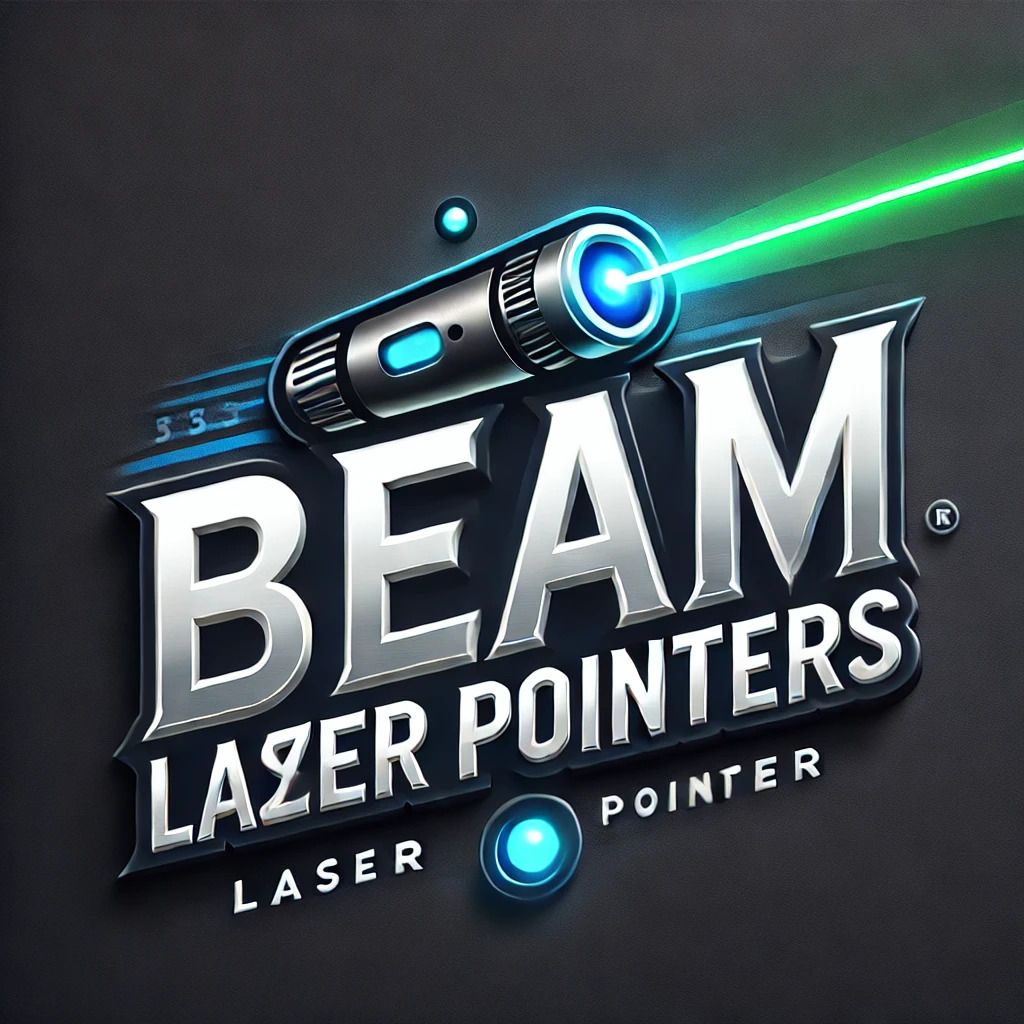
Creative Uses for Laser Pointers in Science Education
Key Takeaways
- Laser pointers can make science lessons more interactive and engaging.
- They can be used in various innovative ways, such as demonstrations, explorations, and games.
- Safety and proper handling are crucial when using laser pointers in educational settings.
- Using laser pointers effectively can enhance students' understanding of complex scientific concepts.
- Various types of laser pointers are available for specific educational purposes, including presentation lasers and astronomy lasers.
Incorporating laser pointers into science education can create a more dynamic and interactive learning environment. Whether you're teaching physics, biology, or astronomy, laser pointers are versatile tools that can engage students in various innovative ways. In this article, we explore creative applications of laser pointers in science education that can enhance lessons and make abstract concepts more tangible.
1. Enhancing Physics Demonstrations
Physics concepts often involve abstract principles that can be difficult for students to visualize. Here’s how laser pointers can enhance your physics lessons:
- Light Reflection and Refraction: Use a laser pointer to demonstrate how light reflects off different surfaces and refracts when passing through various materials.
- Wave Properties: Illustrating wave phenomena, such as interference patterns, can be done effectively with lasers, showing real-time examples.
- Laser Pointers in Motion: Students can observe the trajectory of a laser beam to understand principles of motion and angles.
2. Exploring Biology Concepts
Laser pointers can also facilitate interactive lessons in biology, especially when studying complex subjects such as cellular structure or ecosystems:
- Cellular Visualization: Use lasers to pinpoint specific areas on a diagram of a cell to discuss parts and functions.
- Mapping Ecosystems: Students can project laser dots onto mapping materials to visualize the distribution of species in ecosystems.
- Engaging Lab Activities: Integrate laser pointers into lab experiments where students can trace light to understand absorption and photosynthesis.
3. Astronomy and Lasers: Highlighting the Night Sky
Astronomy is another field where laser pointers shine brightly. Here’s how to utilize them effectively:
- Star Mapping: At nighttime, instructors can use laser pointers to connect stars and explain constellations.
- Pointing Out Celestial Objects: During astronomy lessons, a laser pointer can help focus on specific planets, stars, or celestial events.
- Interactive Sky Tours: Engage students in identifying different constellations and celestial bodies in a fun and interactive manner.
4. Engaging Students with Educational Games
Games can make learning enjoyable and can help reinforce important scientific concepts. Here are some ideas for educational games using laser pointers:
- Laser Pointer Scavenger Hunt: Set up a scavenger hunt where students point the laser to discover different scientific phenomena around the classroom or outdoor area.
- Quiz Games: Use a laser to highlight correct answers or to point out incorrect ones during team-based quiz competitions.
- Precision Challenges: Create challenges where students have to hit specific targets or markers with the laser pointer, enhancing their hand-eye coordination and focus.
5. Safety and Proper Usage
While laser pointers are fun and educational tools, it is important to prioritize safety. Here are some safety tips to keep in mind:
- Always supervise students: Ensure that students use laser pointers under careful guidance to prevent misuse or accidents.
- Use low-powered lasers: Select safer, low-powered pointers that minimize risks and are suitable for educational settings.
- Establish clear rules: Teach students about proper handling and the importance of directing lasers away from eyes.
Pros
- Enhances visual learning and engagement.
- Allows for creative demonstrations of complex concepts.
- Encourages active participation in lessons.
- Creates opportunities for hands-on learning through games.
Cons
- Need for consistent supervision to ensure safety.
- Potential distractions if not managed properly.
- Students may misuse the laser pointers without proper guidance.
Conclusion
Incorporating laser pointers into science education can significantly enhance students' learning experiences. By employing them in various innovative ways—from enhancing demonstrations to engaging students in exciting games—educators can create a more interactive and memorable learning environment. Remember to prioritize safety and proper handling to ensure a productive and enjoyable educational experience. For more resources on laser pointers, check out our Educational Resources section for tips and tutorials.



